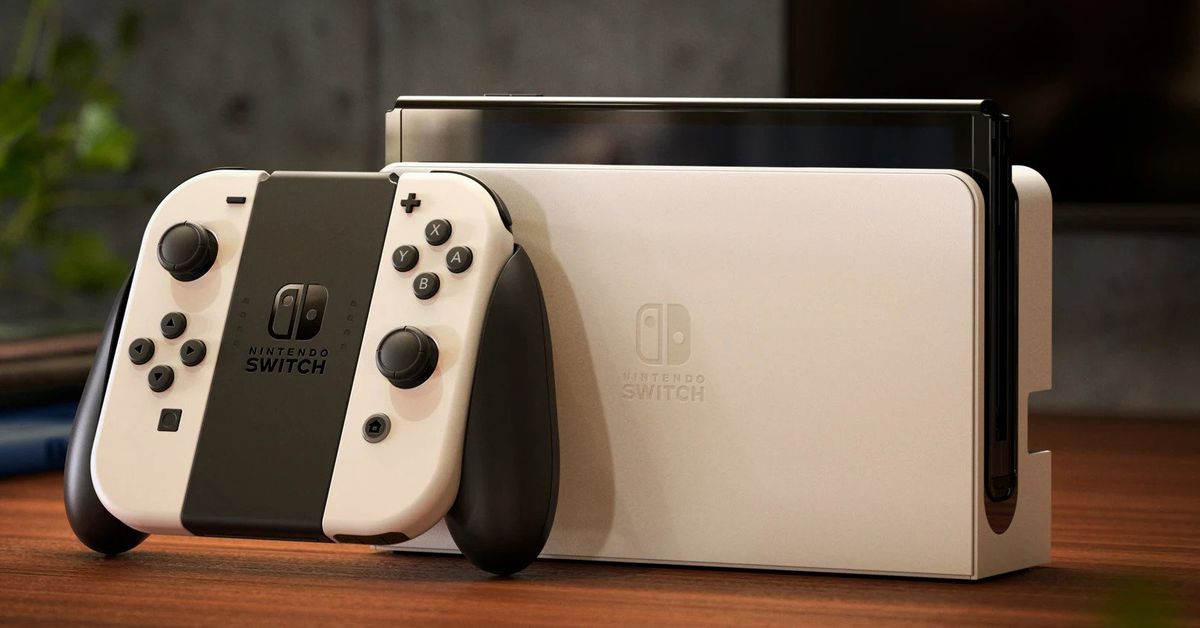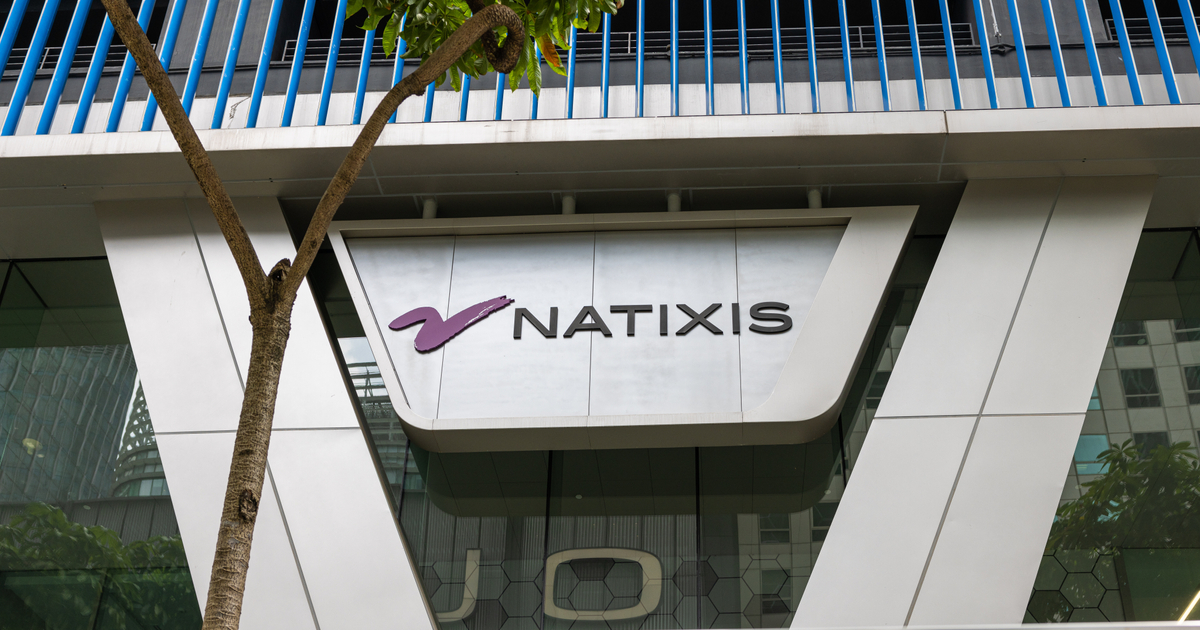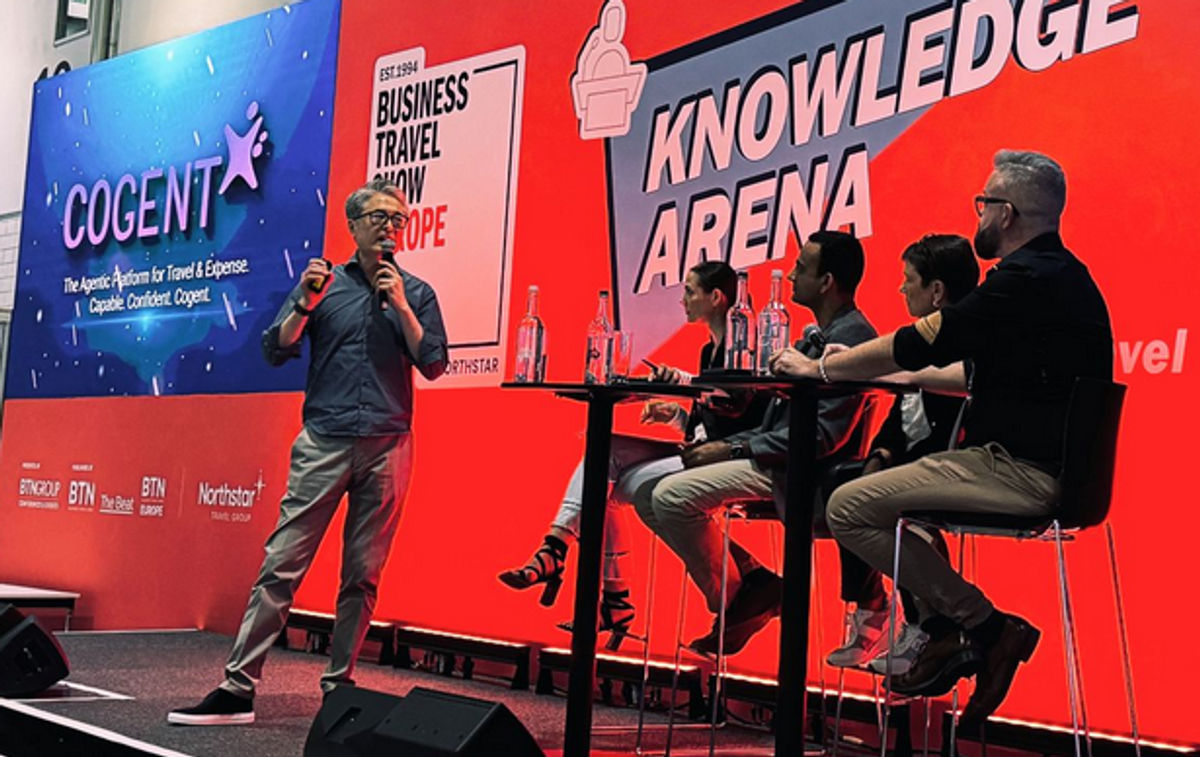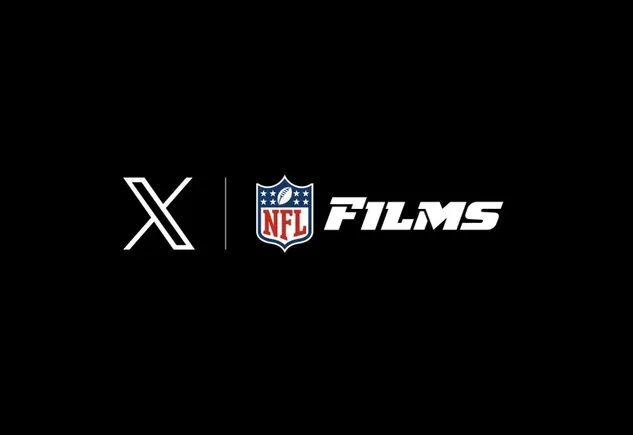Why the DOJ’s case against Apple has everything to do with Microsoft in the ’90s
The DOJ says it paved the way for Apple’s rise — now it wants to check the company’s power. | Image: Cath Virginia / The VergeInside the US Department of Justice’s 88-page antitrust complaint against Apple, there’s a cool...
/cdn.vox-cdn.com/uploads/chorus_asset/file/25345093/STK468_APPLE_ANTITRUST__CVIRGINIA_M.jpg)
Inside the US Department of Justice’s 88-page antitrust complaint against Apple, there’s a cool reminder to the company: you’re here because we paved the way.
According to the DOJ, its antitrust case against Microsoft cleared the way for Apple — then teetering on bankruptcy — to launch its breakout success: the iPod. Decades and trillions of dollars later, Apple is in the hot seat. And because time is a flat circle, it’s facing an antitrust case built directly on that 1999 case against Microsoft.
To better understand the DOJ’s case against Apple, it helps to understand United States v. Microsoft. If you were a teen in the ’90s (or maybe not yet born — in which case, good for you), you may have missed this landmark antitrust case, but here’s the short version: Microsoft got nervous about the rise of the web and used its position as a monopoly to squash would-be competitors, most notably, Netscape.
The court’s findings of fact detail how Microsoft first tried to persuade Netscape not to build a web browser for Windows 95, then attempted to control the company by offering it a “special relationship.” When that failed, Microsoft turned to the “cut off its air supply” page of the playbook, giving Internet Explorer away for free with Windows and making deals / threats in order to exclude Netscape from important distribution channels through other manufacturers. If you’re keeping score at home, this is, in fact, illegal, courtesy of the Sherman Antitrust Act.
The DOJ initially tried to break Microsoft up into two companies. That didn’t end up happening, but Microsoft walked away from the trial weakened and with a long list of “prohibited conduct” instructing the company to refrain from anticompetitive shenanigans in its dealings with OEMs and developers. Wired’s recounting of the case from 2000 is a fascinating read on the whole thing.
In today’s case, the Department of Justice doesn’t merely imply that Apple benefited from the results of United States v. Microsoft; it comes right out and says it. Take section 26 of the complaint:
For example, the iPod did not achieve widespread adoption until Apple developed a crossplatform version of the iPod and iTunes for Microsoft’s Windows operating system, at the time the dominant operating system for personal computers. In the absence of the consent decree in United States v. Microsoft, it would have been more difficult for Apple to achieve this success and ultimately launch the iPhone.
It goes on to detail how iTunes initially only worked on Mac computers; after the consent decree, Apple developed a version for Windows, and the iPod started going gangbusters. The rest is... history? I’m not really sure Apple owes the DOJ a thank-you card for making the iPhone possible, but not having to deal with Microsoft’s bullying along the way didn’t hurt.
The case versus Microsoft also echoes throughout DOJ v. Apple with one adorably weird word: middleware. Microsoft’s control over middleware — software that allows other software to run on the operating system, like web browsers or media players — was at the heart of US v. Microsoft. The DOJ concluded that Microsoft used various bullying tactics to keep other companies from developing middleware that would compete with or draw developer attention away from its own platforms — threatening to stop cooperating with Intel when it tried developing platform-level software and undermining Java development, while dissuading its allies from working with Sun Microsystems. Real bad-guy stuff!
The DOJ invokes the M-word when it describes “super apps,” which it calls “a kind of middleware that can host apps, services, and experiences without requiring developers to use the iPhone’s APIs or code.” They really haven’t taken off in the US; the closest thing we have might be the Uber app, where you can request a ride, order dinner, and reserve an e-bike all in one place. But true super apps as they exist in other markets just aren’t a thing here, no doubt in part because Apple doesn’t allow them on iOS. The DOJ argues that this is because Apple sees them as a threat to its platform — and that Apple blocking them is a major impediment to innovation.
The complaint, as a whole, paints a picture of Apple in a similar moment to Microsoft at the height of its power. Microsoft saw the rise of the web coming and realized its dominance was threatened. The DOJ portrays Apple seeing a similar problem as the iPhone gained success: “Apple’s internal documents show that, soon after the iPhone’s introduction and notwithstanding its success, the company began to fear that disintermediation of its platform and the commoditization of the iPhone would threaten Apple’s substantial profits from iPhone sales and related revenue streams.”
“Disintermediation” of PCs is what Microsoft feared, and the DOJ alleges it’s what Apple fears for the iPhone. Microsoft was absolutely right to be afraid — and it seems Apple is, too.

 Hollif
Hollif 
































